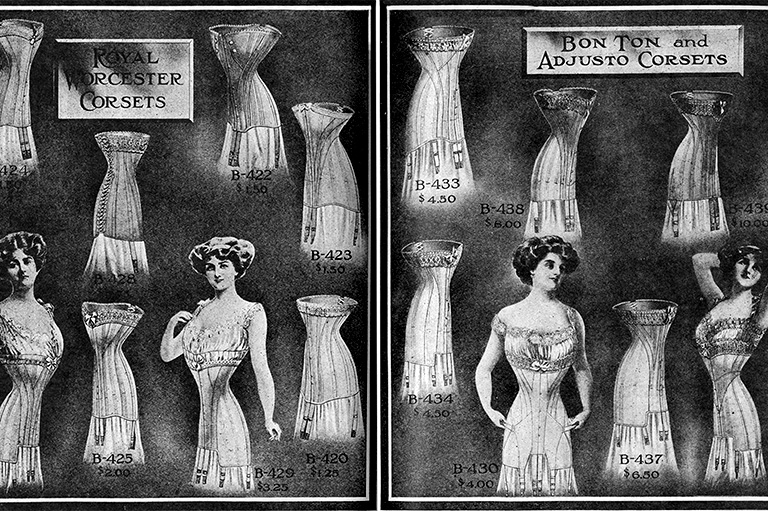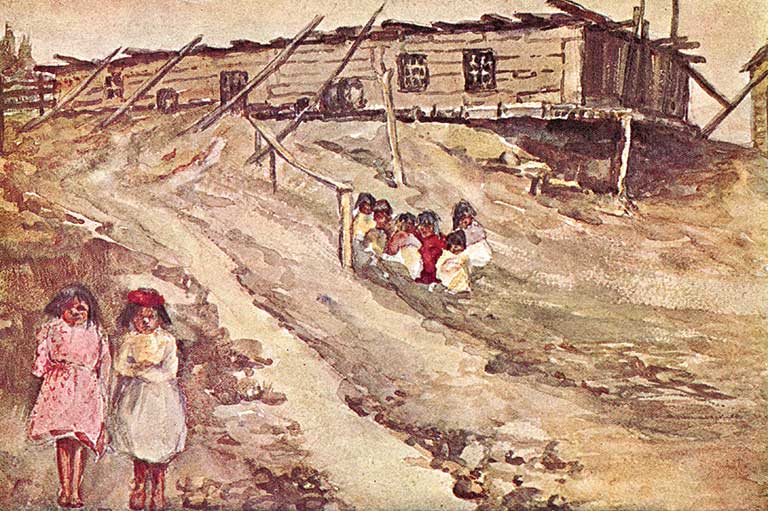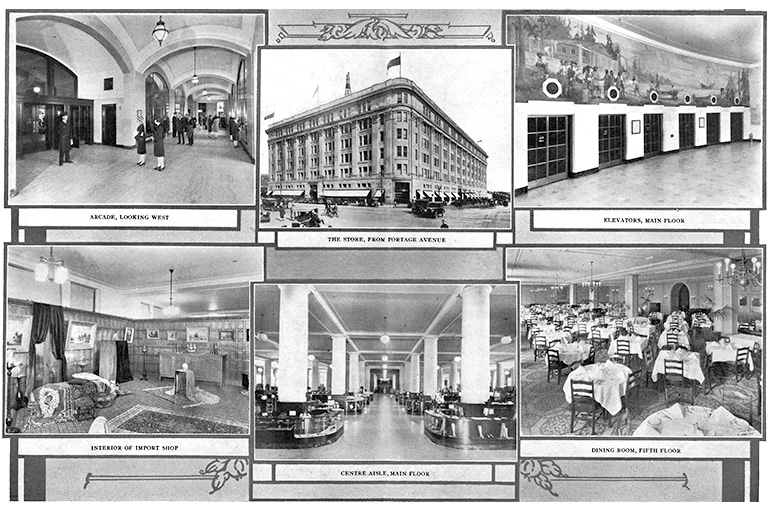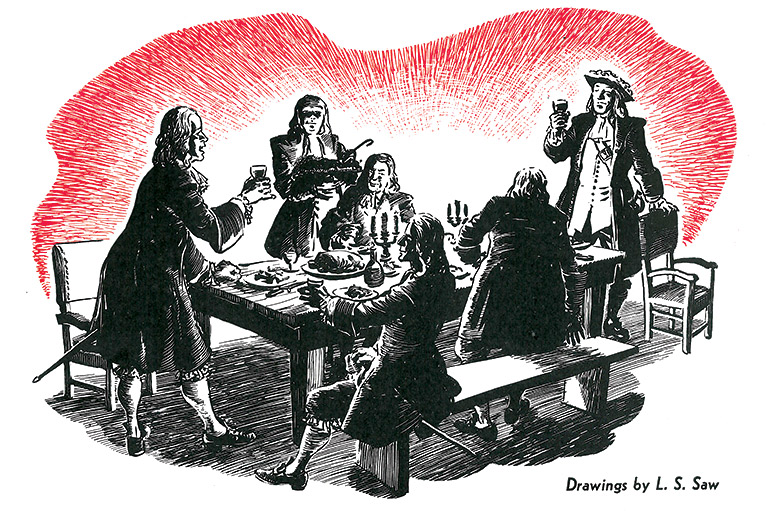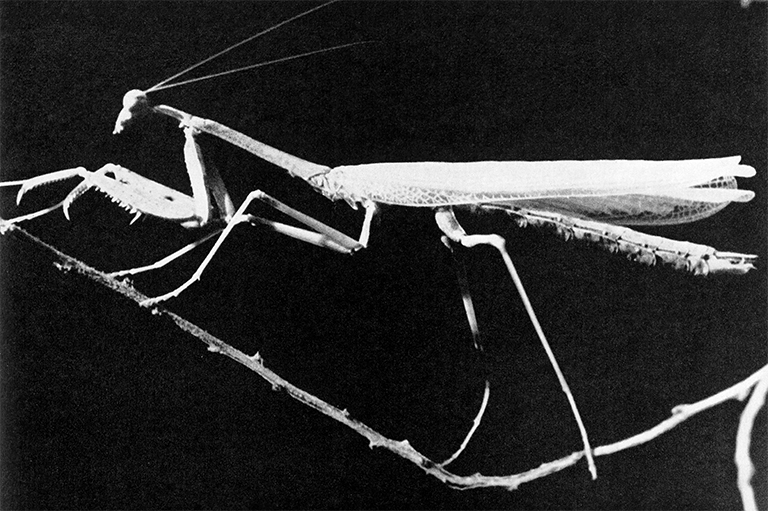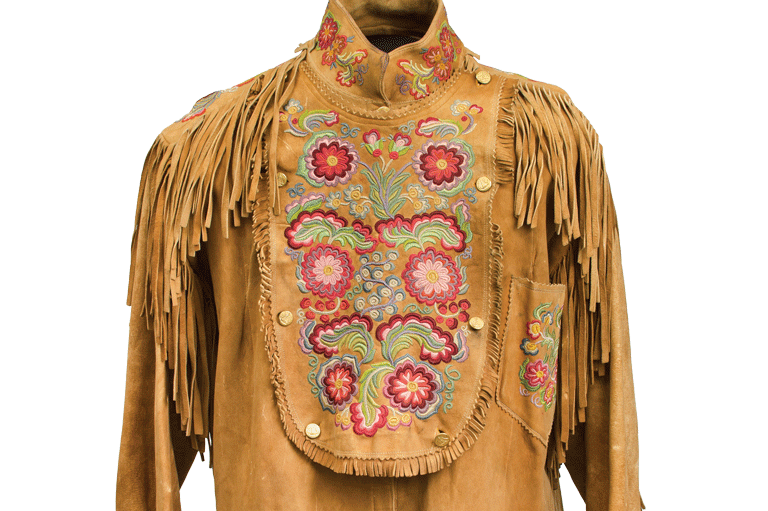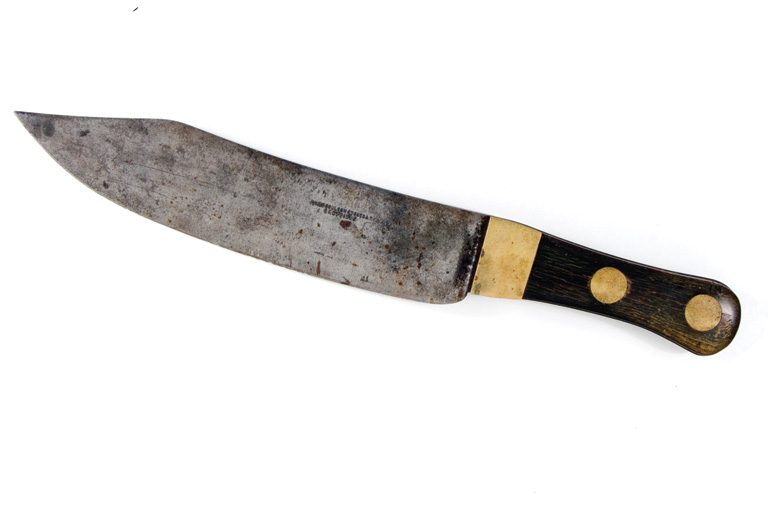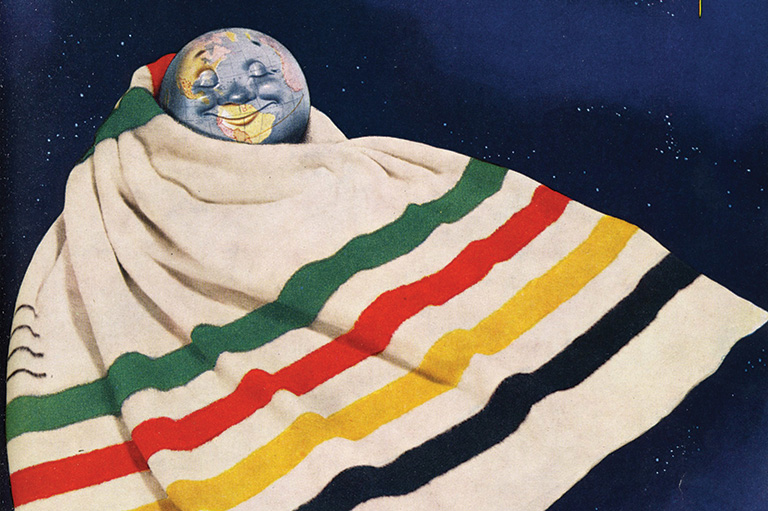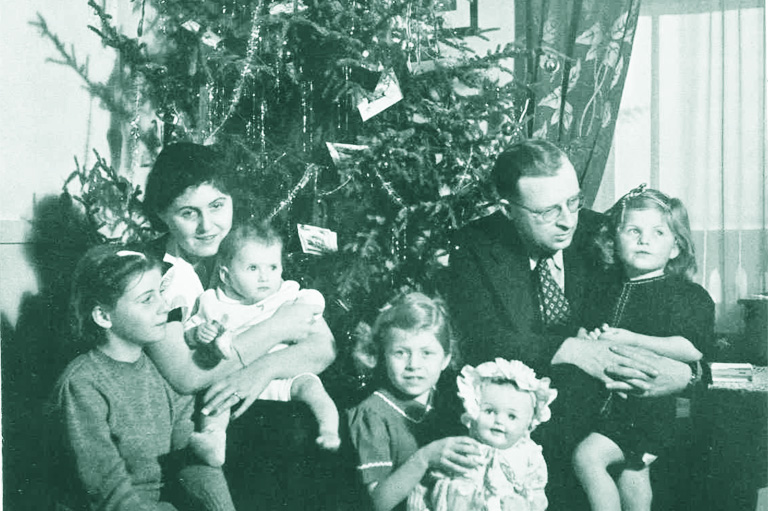The Trapper
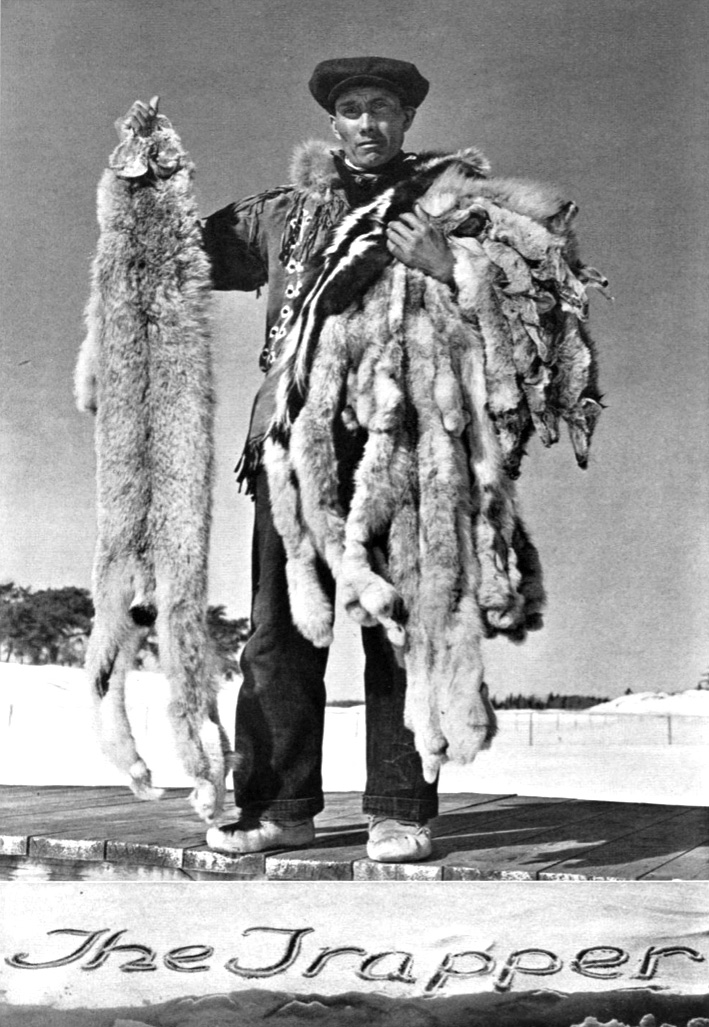
For nearly two and a half centuries, the bedrock of the Hudson’s Bay Company was the fur trade.
Over time, the methods and tools used for trapping changed, but the relationship between trappers and traders remained the same, with each party aiming to barter for the best deal.
In The Beaver’s December 1943 issue, writer and photographer J.F. Dalmon published “The Trapper,” a photo essay on the business of trapping and trading at Norway House, an HBC outpost at the northern end of Lake Winnipeg in Manitoba.
Norway House was built along the Nelson River in 1817, and by the 1830s it had grown into a major trading depot. Eventually, it became the seat of the Council of the Northern Department of Rupert’s Land.
“The Trapper” follows the story of Isaiah Clark, a Cree trapper, as he prepares to head into the wilderness in search of marten, mink, fox, and other valuable furs.
His first stop is to visit with HBC outpost manager A.B. Fraser to discuss the locations where he would trap in the following weeks. Given an advance by the HBC, the trapper visits the company store to purchase supplies for the upcoming trip.
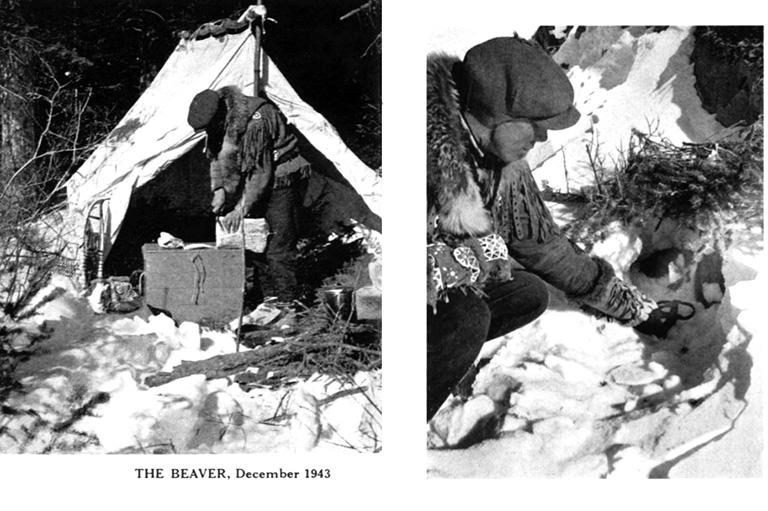
Finally ready to depart, Clark, with Dalmon in tow, clambers aboard his dogsled and heads out into the snow-covered forests to set his traps.
A skilled and experienced trapper, Clark tailors each snare to the animal he hopes to catch. For marten, he uses spruce branches to funnel the animals toward a baited trap. For mink, he places a trap baited with fish at the bottom of a small hole dug along the shore of the Nelson River. For fox, he heads farther inland, burying his trap under some freshly fallen snow.
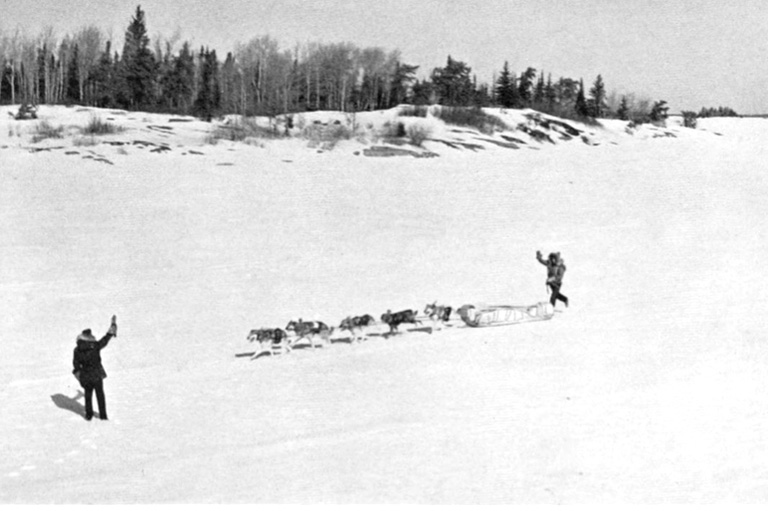
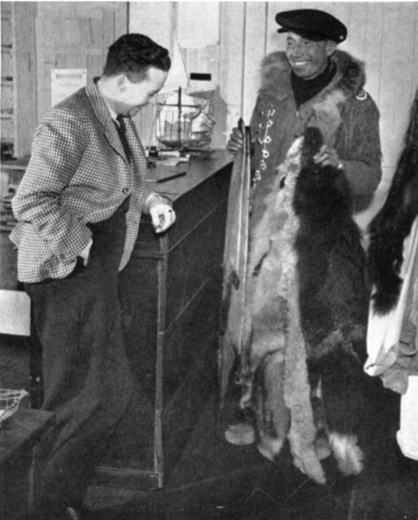
After some patience — and a little luck — Clark catches a silver fox. The photo essay follows him through the steps of skinning and preparing the animal and then finally returning home to Norway House to trade his fur bounty.
The story ends with a series of photographs that depict the furs being pressed and packaged into bales to be shipped by air to Winnipeg, and eventually to Montreal for sale.
As Dalmon writes, “The story told in these pictures is a very old one. It has been enacted many thousands of times in the northern wilderness and at the posts of the Hudson’s Bay Company.
These photographs unfold the modern version of the story, in which the old and the new are picturesquely combined.”
Themes associated with this article
Advertisement
You might also like...

Canada’s History Archive, featuring The Beaver, is now available for your browsing and searching pleasure!

